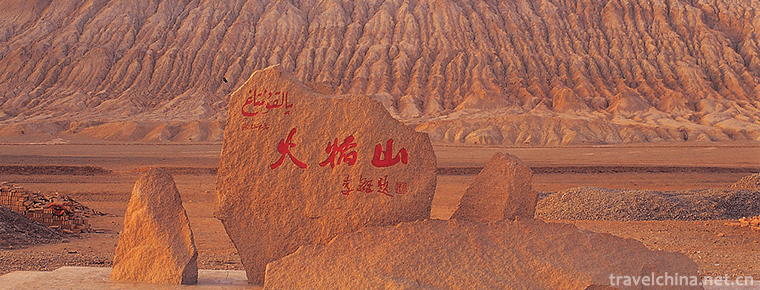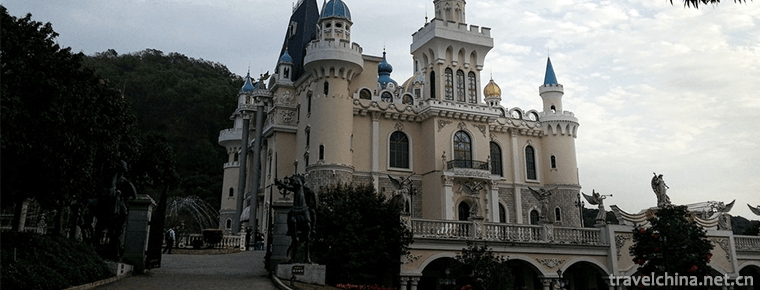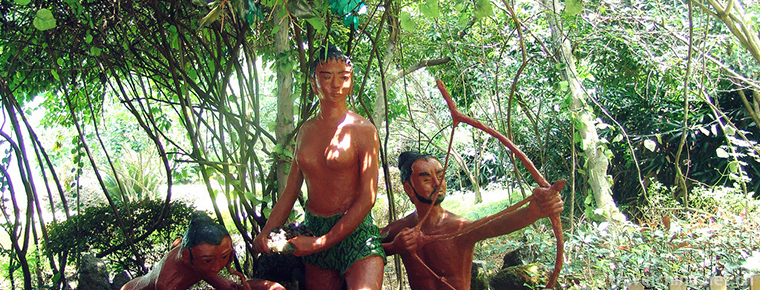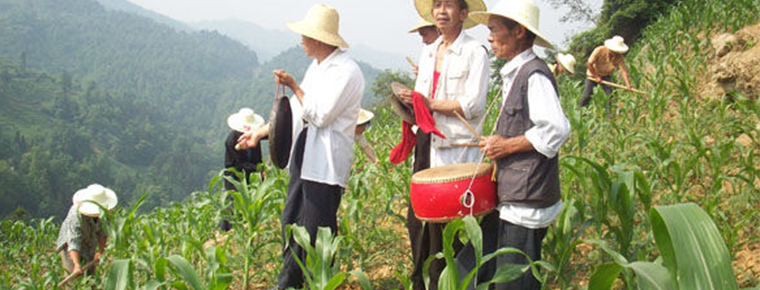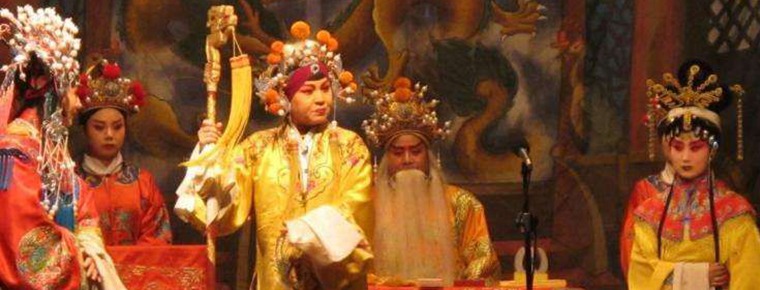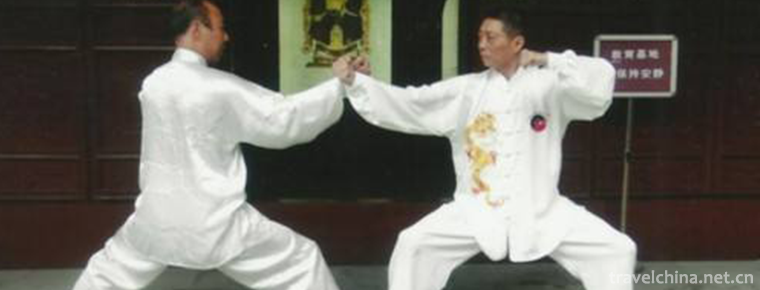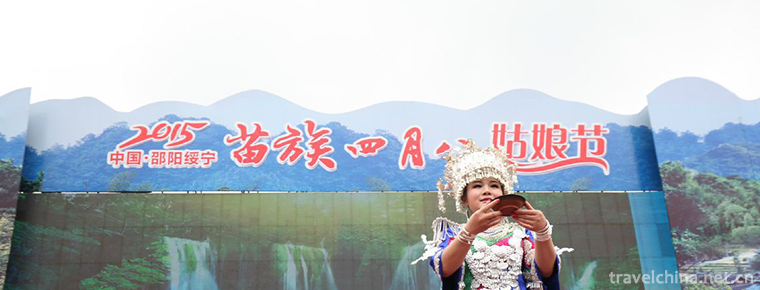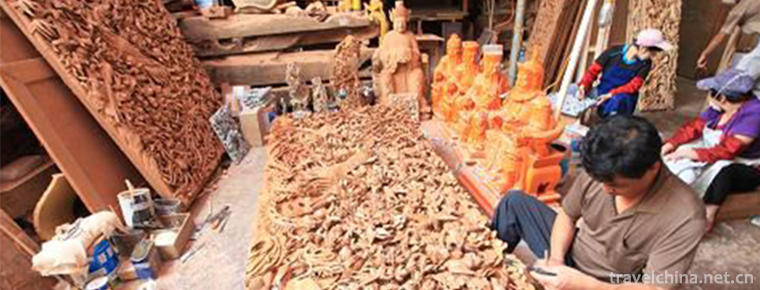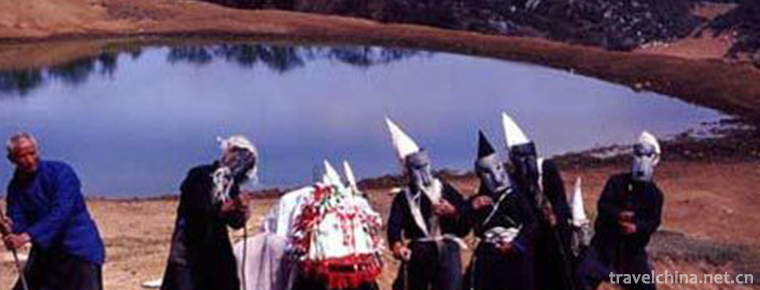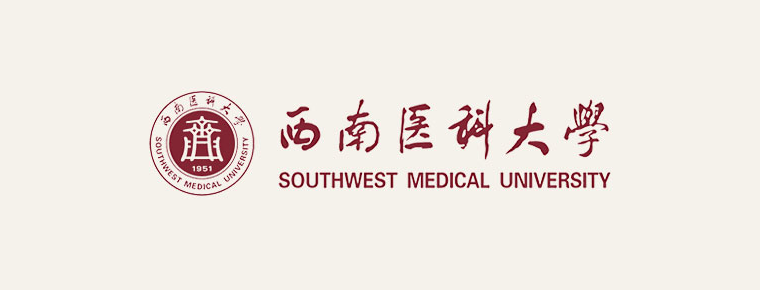Xishuangbanna Mengwan Great Buddhist Temple
Xishuangbanna Mengwan Great Buddhist Temple
Situated in the suburbs of Jinghong City, the prefecture of Xishuangbanna Dai Autonomous Prefecture, Yunnan Province, the Monastery is built according to the national AAAA standard. The Monastery was restored and rebuilt on the site of Jingpiao Buddha Temple, an ancient royal monastery of the Dai Dynasty. Jingpiao Buddha Temple was built by a Dai king named Pulong in memory of Nansha Weibian, the princess of the Dai Dynasty who died of illness. The Princess believed in Buddhism all her life, so every festival the Dai Prince visited the monastery and held a large-scale law meeting to commemorate the princess and promote Buddhism at the same time. According to historical records, "Jingpiao Buddhist Temple" was built in the Ming Dynasty. It is one of the symbolic buildings of Southern Buddhism and an important place for Buddhist activities in Banna. The building was destroyed in the war of 2883 Buddhist calendar (1848 AD, during the reign of Xianfeng in the Qing Dynasty), 169 years ago. The Buddhist temple was rebuilt in 2005. On March 9, the same year, a large-scale land opening ceremony was held. On May 9, 2005, a grand opening ceremony was held to lay the foundation of the hall. During the construction of the hall, a large number of silver coins, silver boxes and Buddhist legal supplies were excavated. When the first phase of the Buddhist Temple project was completed on November 3, 2007, 108 eminent monks at home and abroad were invited to hold a grand ceremony for the opening of Buddhist temples. There were 650,000 Buddhist followers from all nationalities both inside and outside the state participating in the ceremony. Covering an area of 400 mu, the Buddhist temple is built in accordance with the mountains, with a drop of 122.8 meters. It is sitting in the shape of a Buddha, which is unique at home and abroad. With the life of Buddha Sakyamuni and Buddhist temple activities as the main line, the scenic spot integrates ingeniously into the landscape and architectural groups, fully demonstrating the historical and traditional cultural colors of Southern Buddhism. From the front square of Wanfo Pagoda overlooking Jinghong City, you can see the beautiful tropical scenery.
Introduction to Scenic Spots
Xishuangbanna Mengfan Grand Buddhist Temple is located at the end of Highway 1 in Jinghong City Resort, Xishuangbanna, to Nanlian Mountain. It covers an area of 650 Mu and has a construction area of 24,000 square meters, with a total investment of about 200 million yuan. According to the national AAAA level scenic spot standard. The scenic spot is centered on the promotion of "Buddhist culture in the south" and the inheritance of traditional culture by modern means, so as to meet the needs of modern tourists for the ornamental experience of history, Buddhist culture and regional culture.
festival activities
edit
The Monastery was restored and rebuilt on the site of Jingpiao Buddha Temple, an ancient royal monastery of the Dai Dynasty. Jingpiao Buddha Temple was built by a Dai king named Pulong in memory of Nansha Weibian, the princess of the Dai Dynasty who died of illness. The Princess believed in Buddhism all her life, so every festival the Dai Prince visited the monastery and held a large-scale law meeting to commemorate the princess and promote Buddhism at the same time. According to historical records, "Jingpiao Buddhist Temple" was built in the Ming Dynasty. It is one of the symbolic buildings of Southern Buddhism and an important place for Buddhist activities in Banna.
Practical information
Admission ticket
The price of fragrant flower ticket is 120 yuan per ticket, the online booking price is 108 yuan per ticket (excluding the tourist car in the scenic area), the one-way trip of the tourist car is 40 yuan per person, and the round trip is 60 yuan per person; the children under 1.2 meters and 1.4 meters in height are full-time college, middle school and elementary school students with student certificates, and the fragrant flower ticket (80 yuan/ticket) can be courteously offered (except for large-scale legal activities); the height of the fragrant flower ticket is less than 1.2 meters. Children with identity cards, persons over 70 years of age, persons with national disabilities, servicemen, officers and soldiers, and tourist guides and managers in Xishuangbanna are allowed to enter the temple free of charge (except for large-scale legal activities).
Opening Hours
The opening time of scenic spots is 8:00-17:30; the opening time of water splashing activities of "Bathing Buddha" is 14:00 and 16:00, respectively. Peacock flying activities are 5 times a day, 9:30, 11:00, 13:30, 15:00 and 17:00.
Traffic Information
Self-driving
Jinghong City-Galan Middle Road-Xuanxiu Avenue-Daxing Times Square-Mengwan Avenue-Terminus
Take a taxi
The Mongfan Buddhist Temple is 4 kilometers away from Jinghong City. It costs 15 yuan from downtown to Mongfan Buddhist Temple by taxi.
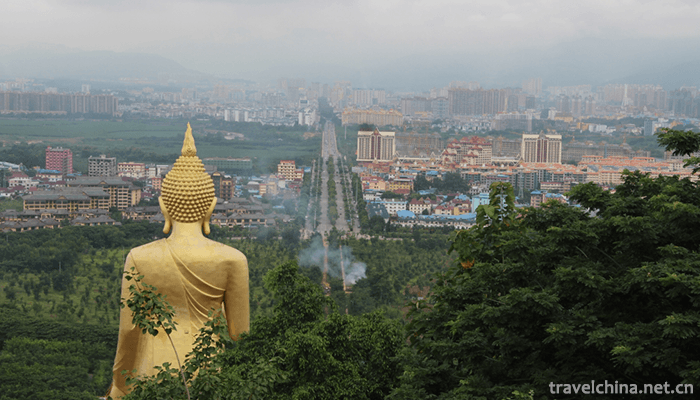
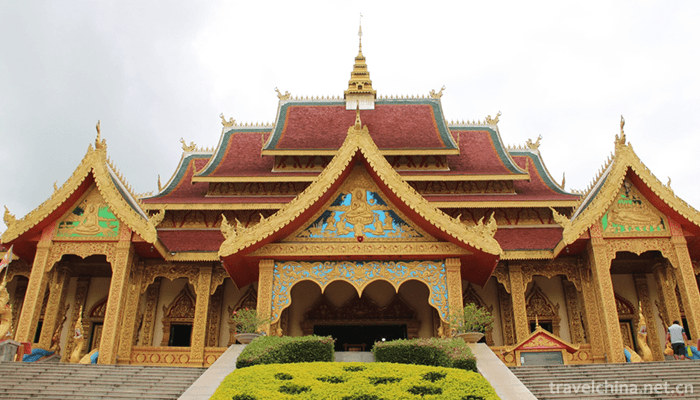

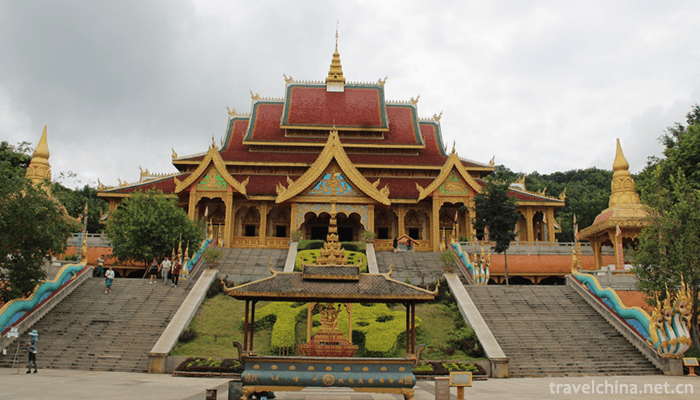
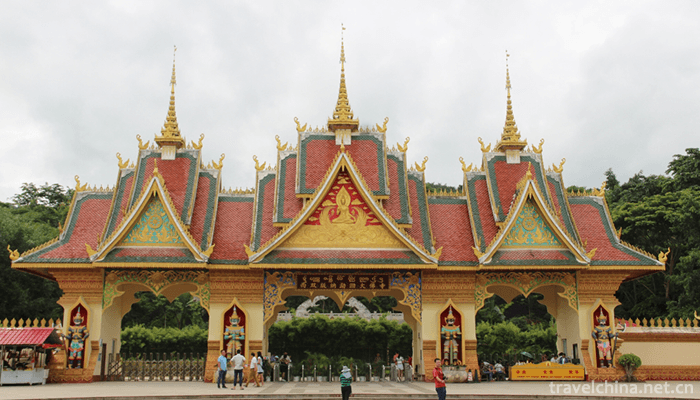
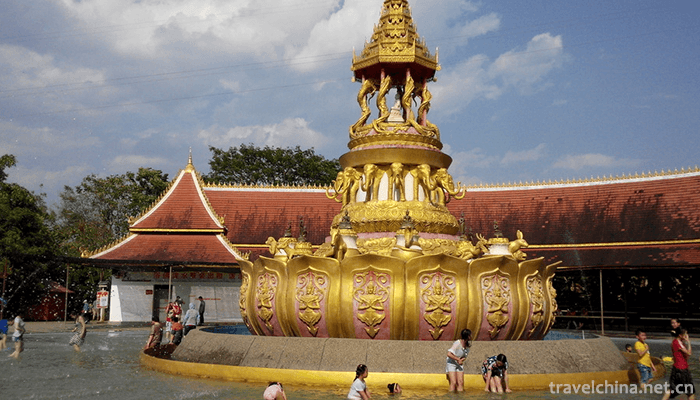
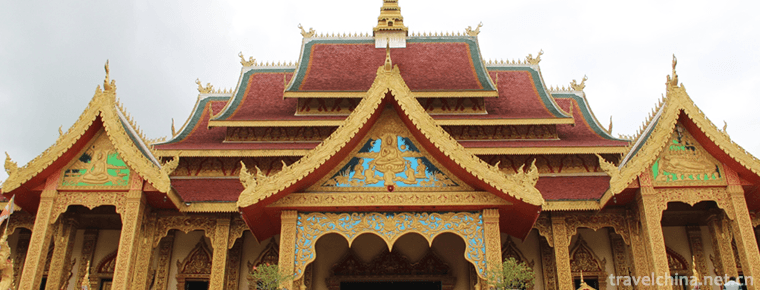
Xishuangbanna Mengwan Great Buddhist Temple
-
Flaming Mountains
Flame Mountain in Xinjiang is the most famous scenic spot in Turpan. Located in the northern margin of Turpan Basin, the northern route of the ancient Silk Road is mainly composed of red sand
Views: 350 Time 2019-01-19 -
Dongguan Longfeng Villa Film and Television Resort
Longfeng Villa Film and Television Resort officially opened on April 18, 2005. Since its opening, it has developed from a single tourist attraction into a large-scale theme wedding dress shooting base
Views: 280 Time 2019-02-03 -
Totem Road
The ancient totem road is located in Yangshuo's famous "Shili Gallery". Not far from Guilin, the scenic spot exhibits primitive life scenes such as stone tools, pottery, natural totem pillar
Views: 171 Time 2019-02-22 -
Caogao Gong and drum in northern Sichuan
Licao Gong and drum in northern Sichuan is a kind of traditional folk music. It mainly distributes in four counties and three districts of Guangyuan City, Sichuan Province
Views: 391 Time 2019-04-18 -
Gongs and drums
Gong and drum zaju, also known as "zaju of Gong and drum" and "long Yan zaju", is one of the local traditional dramas in Shanxi Province and Henan Province and one of the national
Views: 138 Time 2019-05-15 -
Gentle boxing
Mianquan is a kind of uniform, soft, round, coherent, rigid and soft traditional boxing, which belongs to the intangible cultural heritage of Shanghai. Its movement is soft like cotton, the shape and
Views: 161 Time 2019-06-04 -
April Eighth Girls Day of Miao Nationality
"Girl's Day" originated in memory of Yang Bamei, a heroine. Legend has it that in the Northern Song Dynasty, Yang Wenguang, a famous general, was ordered to be plain and barbarous. After def
Views: 218 Time 2019-06-05 -
Wood carving
Wood sculpture is a kind of sculpture, which is often called "folk craft" in our country. Wood carving can be divided into three categories: solid round carving, root carving and relief carv
Views: 140 Time 2019-06-06 -
Taiji of Yi Nationality
Qitaiji is an ancient form of drama that only exists in Nugazhai village, Bandi Township, Weining Yi Hui Miao Autonomous County, Guizhou Province. Taiji is the transliteration of Yi, the word "Qi
Views: 415 Time 2019-07-12 -
Southwest Medical University
Southwest Medical University is an ordinary university in Sichuan Province. It is located in Luzhou, a famous historical and cultural city and a civilized city in the region of Sichuan, Yunnan, Guizho
Views: 139 Time 2019-08-31 -
Capital Normal University
Capital Normal University (Capital Normal University), World class discipline construction universities , Ministry of Education of the People's Republic of China And Beijing Municipal People's Governm
Views: 181 Time 2019-09-22 -
Giant Sleeping Buddha
The giant Sleeping Buddha is located in Leshan City, Sichuan Province. In the periphery of Leshan Giant Buddha, there is a "giant Sleeping Buddha" with a total length of more than 4000 meters and composed of several mountains.
Views: 174 Time 2020-10-15
